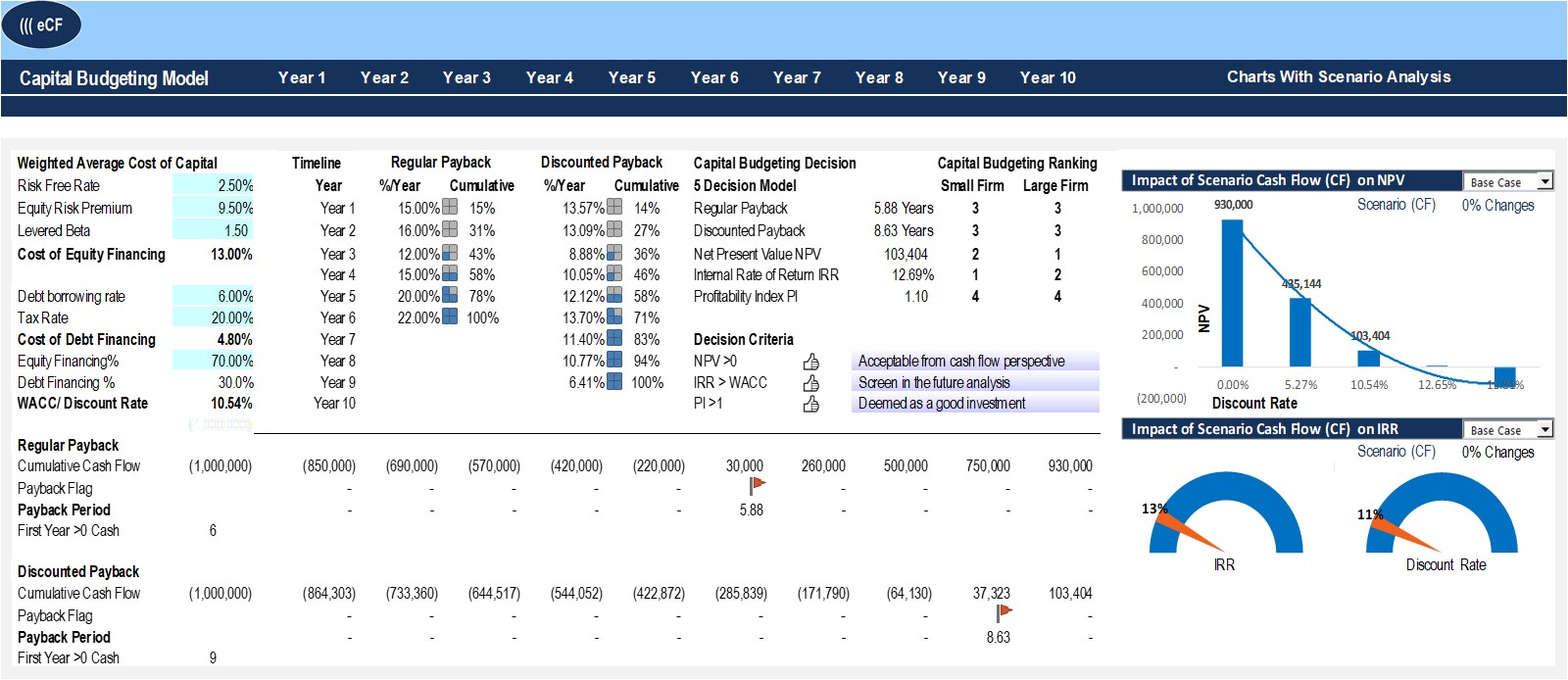SG&A costs can be the difference between a company being profitable or not. Keeping these costs under control will ensure your business stays financially healthy and operationally efficient. Selling expenses are listed in the form of “marketing,” and “general and administrative” has an individual line item.
What are SG&A expenses?
These are your general and administrative (G&A) expenses, and while they may not be directly linked to what you sell, they’re the backbone of your operations. Once she calculates the SG & A before depreciation, she deducts the depreciation of the office building, the depreciation of the office equipment, and the depreciation of the vehicles. The net $356,550 is the amount that will be reported on the income statement. Reducing fixed expenses selling and administrative expenses examples such as rent and vendor services can make a significant impact on your bottom line.
When in doubt on how to categorize a certain expense, an accounting professional can help determine what account it needs to be placed in. Let’s break these down further to better understand how expenses are categorized under either of these two components. Example – Advertising and marketing costs, such as print, radio, or television ads.
- Monitoring your company’s SG&A can show you where you need to cut costs.
- SG&A expenses do not include raw materials costs, wages of production workers, or utilities at a manufacturing facility.
- SG&A can also be used to calculate the SG&A ratio, which is an additional metric that calculates SG&A as a percentage of sales.
- The day-to-day costs of running a business fall under General & Administrative expenses (G&A).
- General & Administrative Expenses are the overhead expenses of the company.
How to reduce selling expenses?
For example, rent most likely will be a fixed dollar value every period. On the other hand, advertising expenses will vary with the strategic decisions a company makes during the given period. Depreciation is also reported on its own line item under operating expenses.
SG&A and Operating Expense: What is the difference?
Below are two real-life income statement examples from Microsoft Inc.’s (MSFT) 10-K form and Netflix, Inc.’s (NFLX) latest 10-Q filing. Given below are some examples of total SG&A expenses that will help us to understand the concept better. Given below is a list of all the different categories of expenses that are included in it. If SG&A is a consolidated, one-line item, the analyst must use discretion to select one of these (or other) methods to account for all the various expenses baked into that one line item.
The SG&A sales ratio can be used to monitor the trends of a company’s SG&A expenses in relation to sales, providing insight into profit or helping benchmark to industry averages. Accounting for SG&A is relatively simple, though it’s important to separate other expenses such as R&D, COGS, non-operating expenses, and depreciation and amortization. While most of these expenses are fixed costs, distribution costs are variable. It’s important to keep an eye on this cost month-to-month to assess the profitability and trends.
Closely tracking and analyzing sg&a expenses can help you identify the expense areas that yield the lowest returns or lead to wastage. You can weed out these expenses or replace them with better-optimized options to increase the savings for your business. These are your classic general and administrative expenses — overheads that cover the day-to-day management and operation of your business. These aren’t the flashy, revenue-generating expenses — they’re the behind-the-scenes heroes. You’re not producing goods or selling services directly through these costs, but they’re essential for everything to function smoothly. In short, direct costs are directly related to the product being sold, while indirect costs are what you spend money on to earn sales.
The Financial Modeling Certification
Salaries for general and administrative personnel (non-production employees) are listed under SG&A, while salaries for production employees would be listed under COGS. Post a job on UpCounsel to speak with a business lawyer in your state to help with any legal or compliance concerns related to managing your SG&A expenses. The examples below from Walmart (WMT -1.68%) and Visa (V 0.67%) demonstrate two different reporting strategies for SG&A expenses. Determining a company’s revenue growth rate, and also understanding how that rate can be manipulated at smaller firms.
How to calculate SG&A expenses
Overhead costs related to office rent and utility bills, are considered part of a company’s administrative expenses and must be carefully managed to maintain profitability. Indirect costs are another layer — they support your business operations but can’t be tied to one specific product or service. Calculating SG&A is an essential part of business financial management. It helps you determine how much your company spends on indirect costs and overhead relative to its revenue. Cost of Goods Sold, or COGS, refers to the direct costs of manufacturing a product or providing a service.
The efficiency ratio is a metric used to measure a company’s ability to manage its expenses effectively. Monitoring your company’s SG&A can show you where you need to cut costs. If you’re struggling to keep profits up, make a profit, or notice an increase in expenses, you may need to decrease your SG&A costs. Depending on a company’s financial strategy and historical performance, the SG&A figure can be estimated as a proportion of sales, a growth rate, or a fixed value.
The company’s income statement accounts for selling, general, and administrative expenses. These costs do not correspond to specific goods and services and are not clubbed with the cost of goods sold. Understanding SGA expenses is important for companies to manage their costs and improve their financial performance effectively.
Every company wants to reduce cash outflows to increase its profit margins. Naturally, SG&A cost-cutting is an essential function for overall cost reduction. Effective expense management can help overcome these challenges and improve overall efficiency. Spending policies can help ensure that employees are aware of what expenses are allowed. This means it’s important to effectively manage these expenses as it will make or break your profitability. These business expenses help maintain a healthy work environment, manage compliance, and keep operations streamlined.
- Rent, salaries paid to non-production staff, legal expenses, marketing expenditures, and office supplies are common SG&A expenses.
- Indirect selling expenses include costs you incur before or after a sale, like marketing, advertising, promotional expenses, travel costs, and salaries for salespeople (if applicable).
- We can see that selling, general, and administrative expenses are reported in the operating expenses section of the income statement.
- General and administrative (G&A) expenses might not get the spotlight, but they’re vital to your business’s health.
- When you look at a company’s income statement, you’ll find selling, general, and administrative (SG&A) expenses listed.
The calculation excludes interest expense since interest is reported as a “non-operating” expense (i.e. non-core). Likewise, the taxes paid to the government are also not included under the same rationale. You will also need your SG&A cost values to calculate several vital financial metrics. Importantly, reducing SG&A expenses means less revenue will yield more profit, which is why SG&A is often a target for cost-cutting measures. Depreciation refers to expenses related to a fixed asset’s usage, allocating costs based on wear and tear throughout the asset’s useful life. General and administrative (G&A) expenses are commonly known as a company’s overhead.
The only real difference between operating expenses and SG&A is how you record them on the income statement. Some businesses prefer to list SG&A as a subcategory of operating expenses on the income statement. Other companies may prefer to separate selling expenses from the G&A costs on the financial statement instead. SG&A covers all indirect costs, like marketing and administrative expenses, while COGS includes direct costs related to production, such as labor, materials, and manufacturing overhead. Other operating expenses Visa breaks out include personnel, network and processing, professional fees, depreciation and amortization, and litigation provision. Visa includes all costs except interest, investment income, and taxes as operating expenses.
Tracking your SG&A margin helps you assess your business’s financial health. By monitoring this metric over time, you can identify trends in your company’s spending and make informed decisions about cost-cutting or reallocating resources to improve profitability. The income statement may deduct additional expenses from operating profit to calculate net income. These are non-operating expenses such as interest, taxes, and extraordinary gains or losses. Reported separately from COGS and other operating expenses, companies can evaluate SG&A to assess the break-even or profitability points.
SG&A expenses can also be a significant source of cost savings after mergers and acquisitions because they can create expense redundancies that can be eliminated with little downside. A newly merged business, for example, may not need two accounting or human resource departments. Founded in 1993, The Motley Fool is a financial services company dedicated to making the world smarter, happier, and richer. By keeping close tabs on SG&A expenses, a company can more efficiently manage its overhead, make cost-cutting decisions, and remain profitable. This is why SG&A expenses are often the first to go if a company is trying to reduce costs. SG&A costs are some of the most integral to a company’s day-to-day operations.









